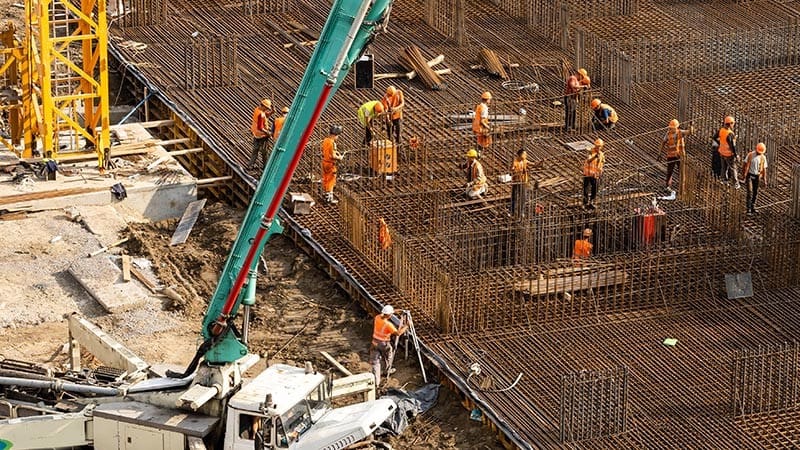- 16 Jan 2025
- By API Magazine

A strengthening labour market could deter the Reserve Bank from making an immediate cut to interest rates.
Australia’s unemployment rate rose to 4.0 per cent in December from 3.9 per cent in November, according to the official data released by the Australian Bureau of Statistics (ABS) on Thursday.
While the slight uptick in the jobless figure was in line with market forecasts, what is now less clear is the direction the Reserve Bank of Australia will take when it announces its next interest rates decision on 18 February.
The rise in the unemployment figure is not great news for jobseekers but the overall rate is still remarkably low and the slight rise comes as 56,000 jobs were still added to the economy in December.
Bjorn Jarvis, Head of Labour Statistics, ABS said with the number of unemployed increasing by 10,000 people, the unemployment rate rose to 4.0 per cent.
“The number of employed people grew by 0.4 per cent in December 2024, slightly higher than the average monthly rise of 0.3 per cent during 2024.
“It was also higher than the average monthly population growth of 0.2 per cent over the year,” Mr Jarvis said.

Mortgage holders will also have observed the ABS employment numbers with a degree of alarm.
The resilience of the labour market ensures more spending money is swirling around in the economy and potentially stymieing the RBA’s efforts to suppress inflation.
Bond traders are still predicting a 68 per cent probability that the RBA will cut rates next month but will be further swayed by the upcoming quarterly inflation report and another reading on retail sales.
Signs of easing inflation have economists at ANZ and Commonwealth Bank still expecting the RBA to cut interest rates by 25 basis points at its next meeting.
The constant messaging from the RBA seems less convincing that a rate cut is on the cards.
While the Board welcomed that inflation “has fallen substantially since the peak in 2022,” with headline inflation at 2.8 per cent over the year to the September quarter, underlying inflation stood at 3.5 per cent in the same period, “still some way from the 2.5 per cent midpoint of the inflation target.”
The RBA at its December meeting maintained its inflation forecast, indicating that price pressures won’t fall significantly within the target band until 2026.
Property price prospects in 2025 could also be shaped by the path taken by the RBA in coming months.
Mixed views on rate cure prospects
Anders Magnusson, Economics Partner, BDO Australia, doubted there was enough downwards inflationary pressure to justify a rate cut.
“Inflation tends to be higher when unemployment is this low due to upward wage pressure.
“(Today’s data) doesn’t change the inflation story.”
“The critical data point for the RBA will come at the end of this month through the quarterly CPI release,” he noted.
“I think a cash rate cut in February is unlikely.”
Capital Economics economist Abhijit Surya said Thursday’s figures showed Australia’s jobs market was on solid ground and quelled hopes of an imminent rate cut from its current level at 4.35 per cent.
“The resilience of the labour market means the RBA is unlikely to feel an urgency to loosen policy settings,” Mr Surya said.
“We’re inclined to stick to our view that the RBA will not begin cutting rates before May, even though markets see a February rate cut as more likely than not.
